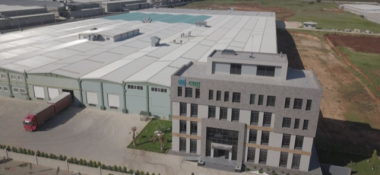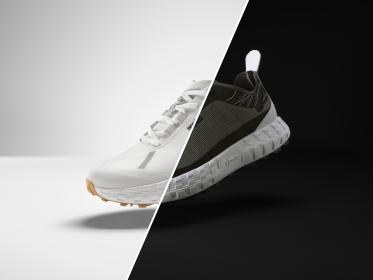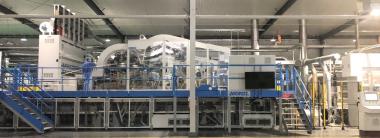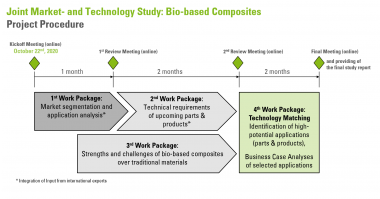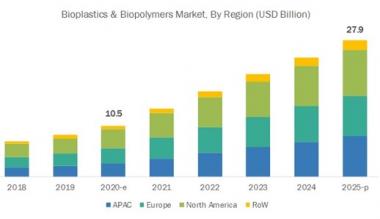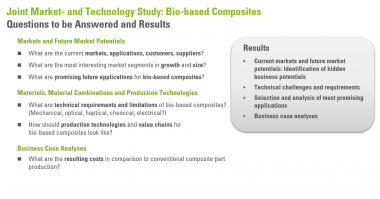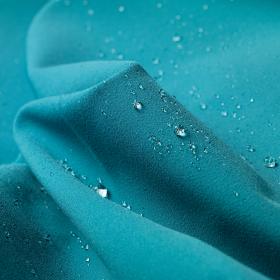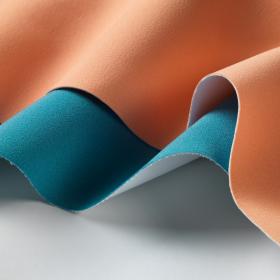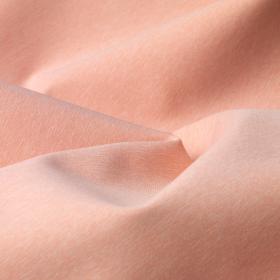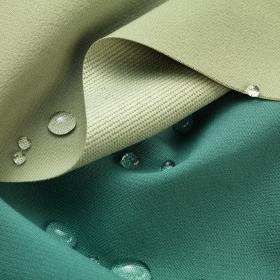Indorama at Index 2021 with Sustainability Portfolio
The Hygiene Fibers Group of Indorama Ventures (IVL) came together at the Index Show to present an all-inclusive range of recycled and biodegradable solutions for Hygiene Fiber and Nonwoven applications.
The combination of polymers, technologies, processes and global reach supported by the Hygiene Fibers Group – one of three business segments that make up Indorama Ventures – positions it within the Hygiene industry to meet increasingly challenging market demand for innovative sustainable solutions within the hygiene sector. Across the six brands and companies that make up Hygiene Fibers Group – Auriga, Avgol, FiberVisions, Indorama Asia, Trevira and Wellman International – sustainability and supporting customers to achieve circular objectives is integral to all efforts and fundamental to the ethos of the Hygiene business segment.
At the Index Show, the Hygiene Fibers Group launched CiCLO®, a textile technology which allows polyester and other synthetic materials to biodegrade like natural materials do in wastewater treatment plant sludge, sea water and landfill conditions, reducing synthetic microfiber pollution generated during washing, and minimizing plastic accumulation in landfills caused by discarded textiles.
In line with the company’s commitment to support customers with high performance products, while also reducing the impact on the environment, several of the Hygiene Fibers brands, including Wellman International, Trevira GMBH and Auriga, have been working closely over the last 12 months with the IAM team and the CiCLO® technology. Developments have focused on PET and rPET staple fiber and filament sustainable solutions for applications where recycling is particularly challenging, such as Hygiene, Home Textiles and Automotive applications.
Strengthening the profile of biodegradable offerings within the Hygiene Fibers Group’s sustainability portfolio, Trevira introduced a new range of bicomponent fibres based on PLA and PBS (polybutylene succinate) at the Index show. Both biopolymers offer an exceptional technological opportunity in terms of environmental care and sustainability, while delivering optimum performance. Equally to PLA, PBS is recyclable and up to 100% biodegradable under industrial conditions.
Efforts towards supporting customers to achieve circular objectives are a priority within the Hygiene Fibers Group. This is reflected in the recycled fibers expertise deployed across the segment. Four Hygiene Fibers Group brands, IVL Asia, Auriga, Trevira and Wellman International offer an extensive range of 100% recycled, accredited PET fibers, across a multitude of fiber and nonwovens applications.
The development and evolution of sustainable technologies is central to activity across IVL’s Hygiene Fibers Group, with particular focus on sustainable polyolefin solutions. FiberVisions and ES-FIBERVISIONS, leading Polyolefin mono and bico fiber brands and sister company Avgol, have partnered with UK-based Polymateria to commercially harness the innovative ‘biotransformation’ technology pioneered by Polymateria. The patented technology alters the properties of polyolefins to make them biodegradable in a natural process. Other polyolefin sustainable innovations within the Hygiene Fibers Group were featured at Index include biosurfactant and biocolourant developments being undertaken by the Avgol team with FiberVisons progressing sustainable design solutions, including lightweight, high performance, reduced carbon solutions.
Trevira GmbH, Indorama Ventures














